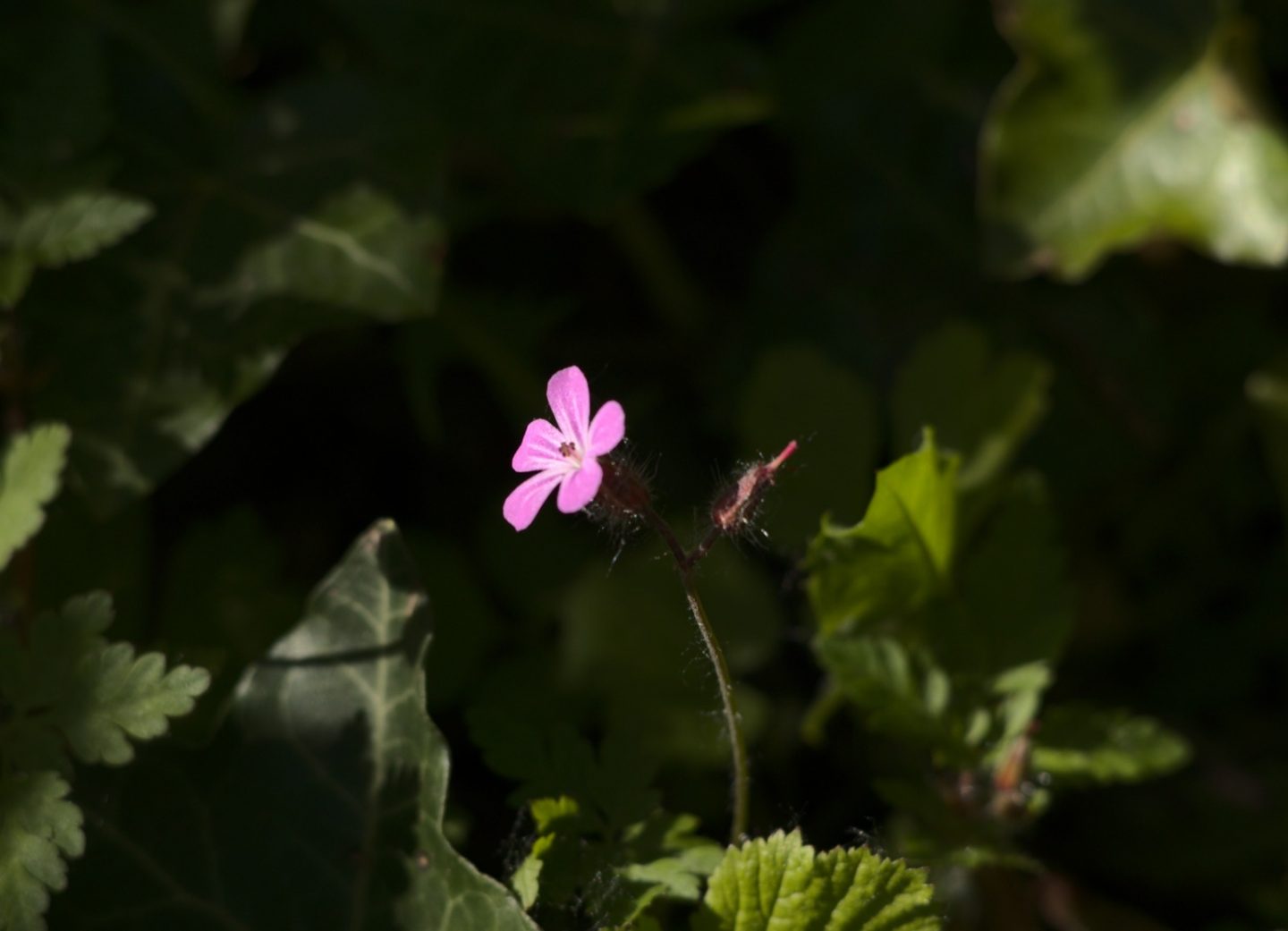My name is Adithya and my pronouns are she/her. In Asian countries where this is a very popular name, it is what you consider a ‘boy’s name’. Similar to Peter or Paul in the western world. I am also yet to meet another female named Adithya.
Growing up in Uganda with parents that didn’t gender define much around me, I was oblivious that there was this strong perception that defined my name and haircut as being male. The small community I grew up around also didn’t question me on my name, haircut or clothes. All this changed when we moved to India.
Being in middle school, in India, in the early 2000s, as a girl with short hair and the name Adithya was honestly not the easiest. Every new person I introduced myself to the next questions that followed were – ‘Really? Adithya? Isn’t that a boy’s name?’. I never thought much about it before. To me, it was just a name and nothing more. As a young girl, it was hard to understand why people around me had strong reactions to it. When I got a bit older I did end up asking my parents why they decided to name me Adithya. Their answer was simply that they thought it was an interesting name for a girl.
The way I wore my hair turned out to be a similar story. The school I went to when we moved to India had strict rules on the dress code. For girls, it included hair braided on two sides and knotted with blue ribbon. I had an undercut. There was nothing written in the rule book about girls with short hair.
In my first year with the school, I was asked multiple times to put something blue in my hair, like a hairband. I asked ‘Why?’. My parents asked ‘Why?’. The boy next to me had an undercut but only I had to wear a hairband? Even as a young girl it made no sense to me. Needless to say, I didn’t wear anything on my head until the rule for girls with short hair to wear something blue was added the next school year. By the time I got to the 10th grade, there were other girls in my school sporting short haircuts. Changing perception takes time, but it starts with someone challenging it.
For a while through my early teenage years, I was mad at my parents because I stood out like a sore thumb. With time I realized how incredibly lucky I am to have parents who didn’t seem to see gender in a lot of things. It made me question my own perceptions and that of others around me.
When my parents moved again a few years later, I ended up in a new high school. They also had a dress code and as a part of it, everyone had to wear neckties. It never occurred to me that a necktie was representative of only one gender until my non-gendered perception was questioned many years later. A piece of clothing that every gender has been sporting in some form since the 17th or 18th century made me question my own belief.
I started wondering if I was missing something. So I started looking up the history of formal wear. It hadn’t occurred to me just how limited formal wear options for men are. Until then, I also wasn’t aware of how long and hard women before me had to fight so that today we can wear whatever we want not worrying about someone arresting me or throwing me out of any establishments. The beloved pantsuits my sister wears to work, my favourite pair of jeans I wear everywhere, my mom’s many pairs of workout pants – thanks to the women before us, trousers are for everyone. I now pull on my pants with pride knowing some woman at some point looked at a man and asked ‘Why not?’. Today they don’t only define men. To me, it is a wonderful example of gender equality because no gender is pushed away to represent another.
Unless one is exposed to the opinion that something is only for one gender, it doesn’t cross your mind as being gendered. For most of my life, I’ve been questioned why I have a boy’s name, why I have a boy’s haircut or even why I’m wearing boy’s clothes. It was never easy. A lot of the times I felt alienated. The good thing is that people do come around. After some time, they are willing to accept that it’s just a name, it’s just a haircut, or that it’s just a piece of cloth. It doesn’t have to define gender. The more gender-neutral our perceptions are the closer we get to gender equality.
– by Adithya Balakrishnan

Seriously aditya but you were one such amazing friend I had in my higher secondary who never discriminated anybody and also you were the first person who showed me how an upon would look like and let me play that air hockey game even after 12 yrs it’s still etched in my memory. I might have been stupid may be during the school days as I din get the exposure you got. A lot has changed now and I even think at times how naive I was when I did my higher secondary.
U are one beautiful soul whom I still remember very well. Your short hair is distinctive identity that actually was very good looking.
Also a good write up my dear friend.